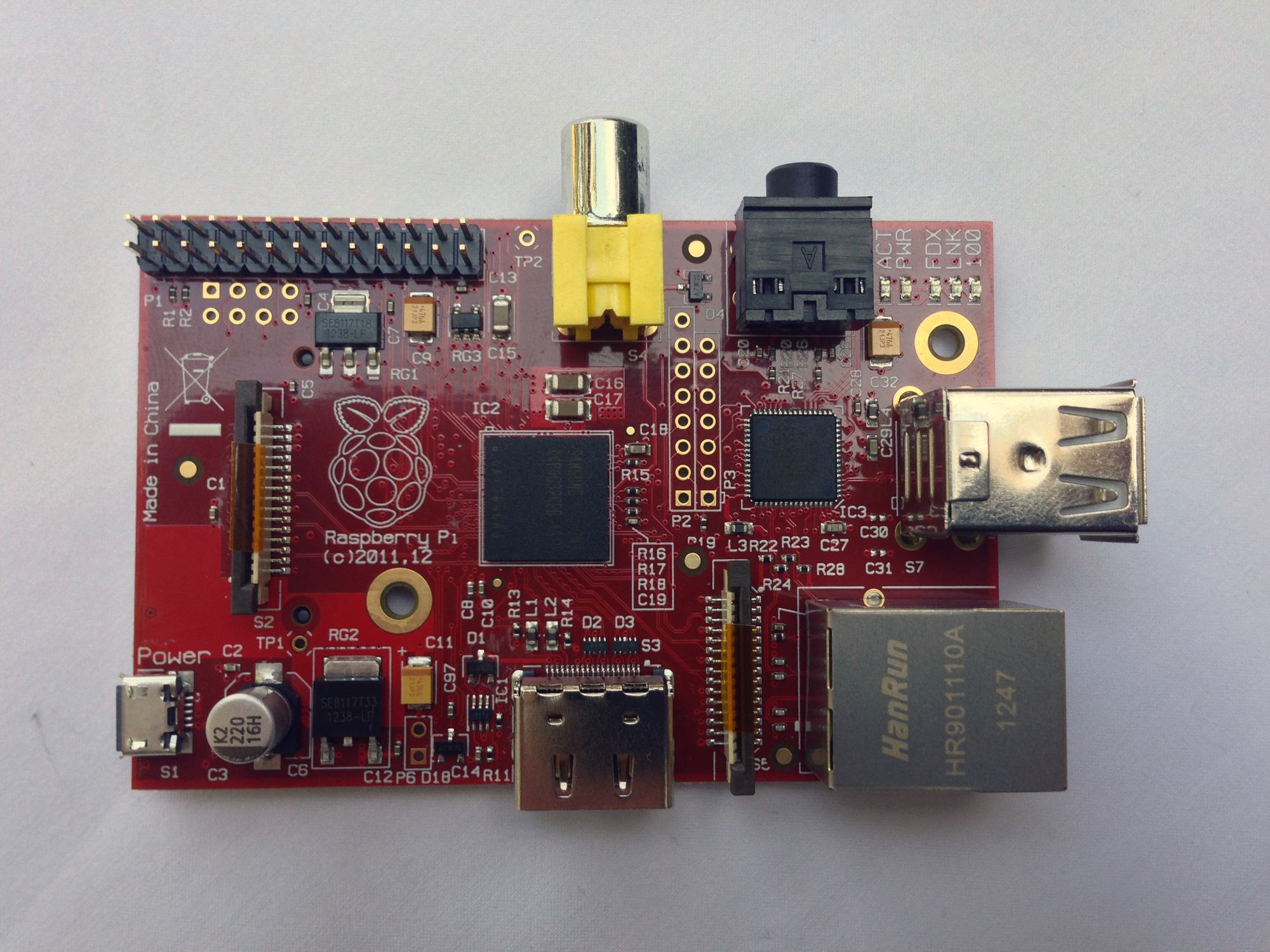Many well established software vendors are lining up with their own Android players. We have already heard of a few announcements during the ISE show in Amsterdam and we will certainly see many more at the Digital Signage Expo in Las Vegas later this month.
So here are 3 technologies that are gaining traction in digital signage:
- Android devices
- Raspberry Pi
- Intel NUC (Next Unit of Computing)
Here is why small PC computing will dominate in 2013...
Android based digital signage players
The Android OS is already well established with tablets and phones. Hardware designed to run Android is very inexpensive and its video playback capabilities provide a very attractive option for software vendors. Think of it as an Android tablet without the screen. You end up with either a small "puck" (think Apple TV or Roku box) or a stick that is easily hidden behind any screen.
Android based Players provide an affordable solution for large deployments that don't require all of the capabilities of a traditional PC. There is another reason as well. Many electronics manufacturers are jumping on the "Smart TV" bandwagon which means the market is about to be flooded with screens that already have an Android device built-in. This is potentially a game changer because it greatly simplifies screen/player deployments.
No more special brackets to mount a PC behind a screen. No more cables. Come to think of it, no more PC!
In order for Android based solutions to become a dominant factor in digital signage, they will need to prove they are adequate for 24/7, year-round usage. They must also be able to do more than full screen media playback. For example, they should support some level of screen divisions (content playback zones) and live data feeds. We already see HTML5 based solutions perform really well on that front so it will be interesting to see how robust Android based players will be.
The Raspberry Pi
What started as a small, low-cost PC kit project for students and hobbyists has started to attract attention from many digital signage entrepreneurs.
The Raspberry Pi is interesting because it can run various flavors of Linux, including Android. It is also extremely small and very inexpensive. You can purchase an assembled board without a case for about $35. Throw in a case and you're still below $50 for a complete multimedia capable PC. I have also seen complete kits with the OS and cables go for $80 so there are many sourcing options for those who want to try the platform.
No wonder more than a million units have been sold in a year. With these sales figures, you can bet many of these boards have ended up in software developer's hands. The Raspberry Pi is another great example of where the PC industry is headed. Small, inexpensive, quasi-purpose built hardware running on open source operating systems. Judging by all of the activity around these devices we can expect to see more software solutions developed for these platforms.
The Intel NUC
The Intel NUC was initially announced as an educational and hobbyist PC platform. Perhaps Intel wanted to test the industry's response to this new ultra-small PC but since it's introduction, the platform has become quite popular as many PC hardware integrators launched their own NUC based PCs.
So what's the big deal here? Well for starters, this is a full-featured Intel PC. It is not a tablet hardware platform or a "dumbed down" device. It's a full featured Intel PC that can drive dual-screens in full HD.
This unit will run any modern OS and is compatible with most digital signage software solutions already on the market. Software vendors don't need to recompile their software players so you're getting the best a PC can deliver in a really small footprint.
A few specialized hardware integrators like Stealth have been building small PCs for many years. These were mostly designed for mobile applications and harsh environments. These PCs were very expensive and they didn't always offer sufficient performance for digital signage.
I think Intel's NUC platform will be very popular for some types of applications but pricing and availability will dictate how well the platform does in the digital signage marketplace.



Digital signage players are the backbone of any successful digital signage network. They ensure smooth playback, content management, and scheduling, allowing for dynamic and impactful communication. An essential component for a seamless digital signage experience!
ReplyDelete